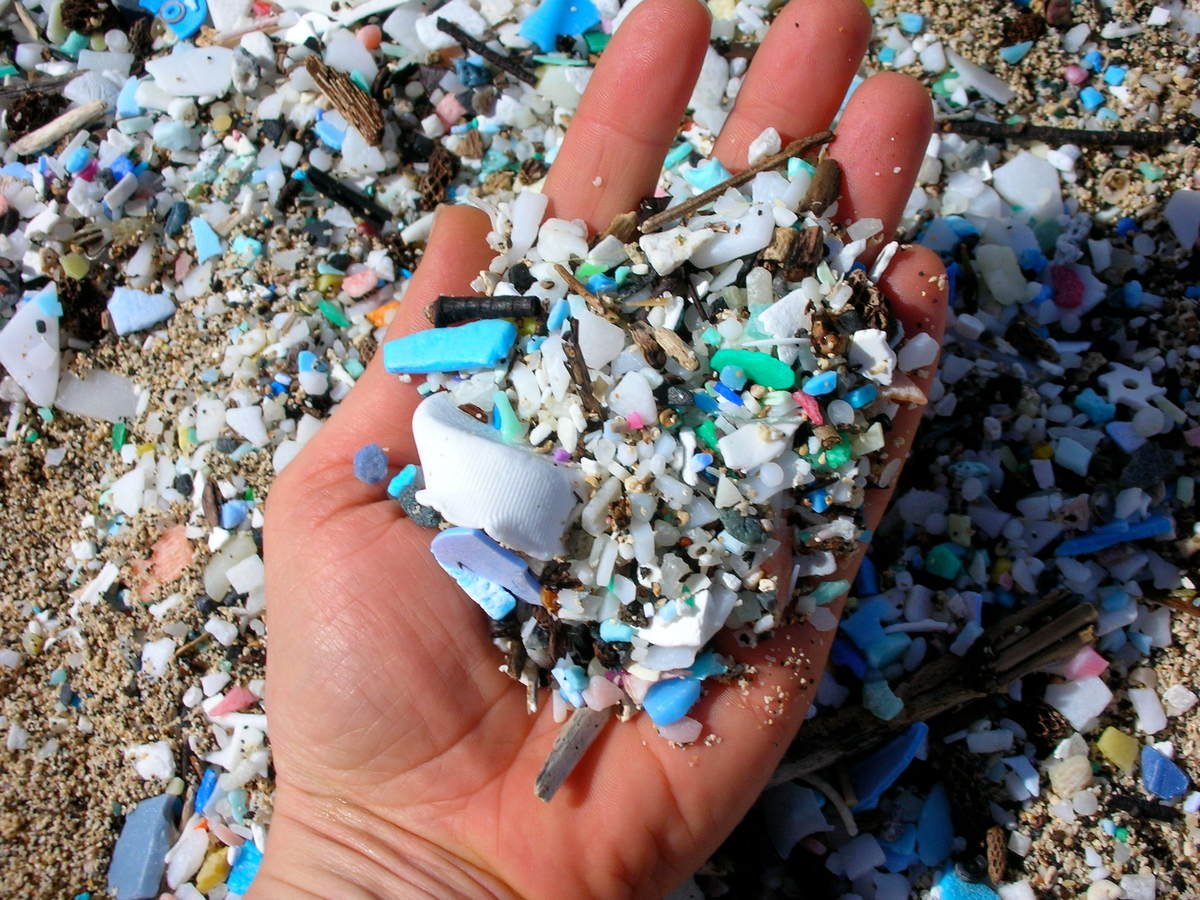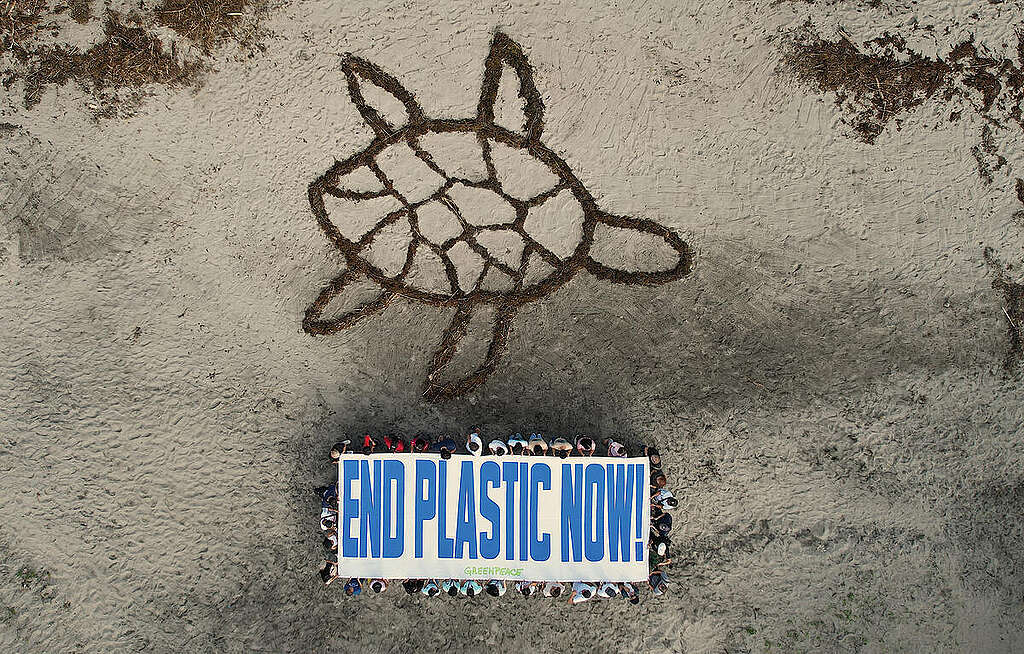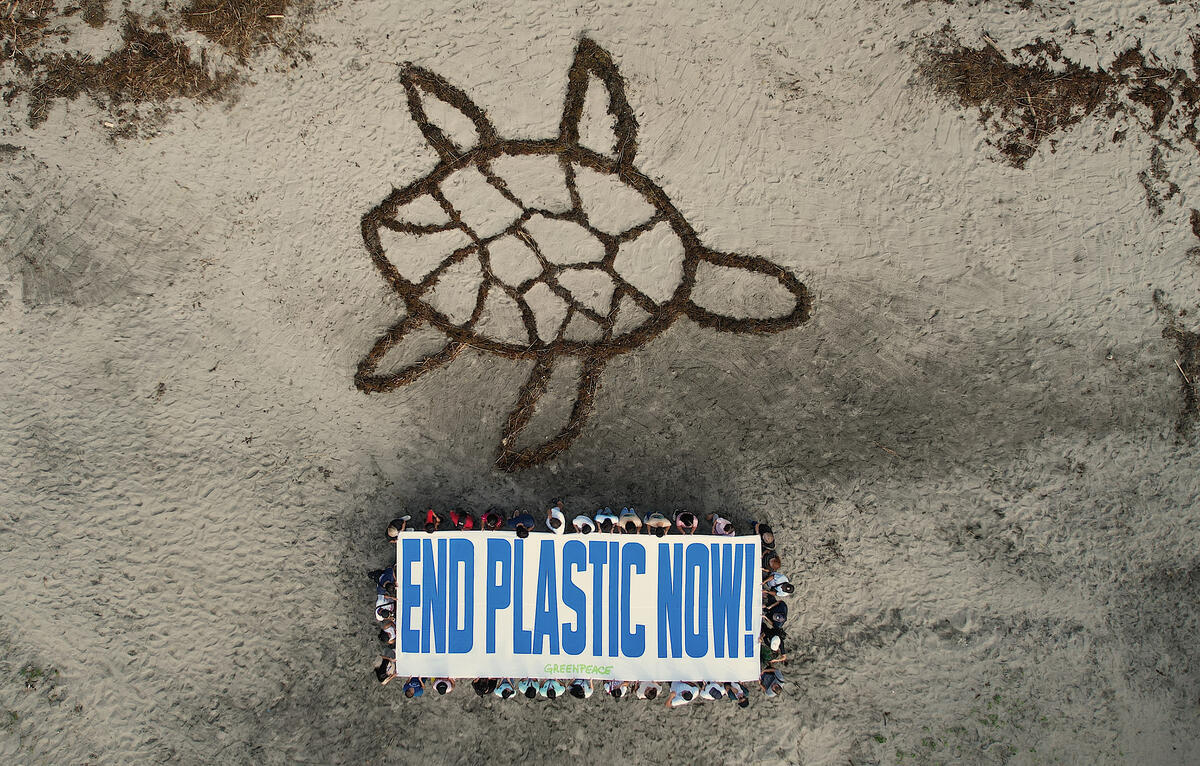
Science is only beginning to understand the long-term effects of plastic on human health, yet the evidence so far is alarming. Microplastics—tiny plastic particles less than 5 millimeters in size—have been found everywhere, from the deepest oceans to the food we eat to the air we breathe. More concerningly, they’re now inside our bodies.
Microplastics in human bodies:
1. HEART:
A study in Environmental Science and Technology found microplastics in the hearts of patients undergoing cardiac surgery—the first confirmed presence of these particles in human heart tissue.
2. BRAIN:
Research shows a rising trend of micro- and nanoplastics in brain tissue, with postmortem studies from 1997 to 2024 detecting their accumulation.
3. LUNGS:
Microplastics have been discovered deep in the lungs of living people. The most common particles were polypropylene (used in packaging and pipes) and PET (found in bottles).
4. BLOOD:
Scientists have detected microplastics in human blood, with nearly 80% of tested individuals carrying these particles. This shows that microplastics can travel through the bloodstream and potentially lodge in organs.
5. SEMEN:
Studies in China and Italy have found microplastics in human semen, raising concerns about potential reproductive harm.
6. PLACENTA & BREASTMILK:
Microplastics have been detected in the placentas of unborn babies and in breastmilk, suggesting exposure begins at the earliest stages of human development.
Plastics contain over 16,000 chemicals, many untested and potentially toxic to human health. At least 4,200 of these are highly hazardous to both people and the planet. With microplastics already invading our bodies, we are constantly exposed to the threats of these harmful substances.
This is a global crisis, and it needs a global solution. We must push for a strong Global Plastics Treaty that cuts plastic production and enables a just transition to reuse and refill systems. Protect the health of future generations. Sign the petition now.
###



